~からすると…、~からいうと…、~からみると… are used to state the viewpoint when an opinion or judgement is expressed. This post explains how they are used and their differences.
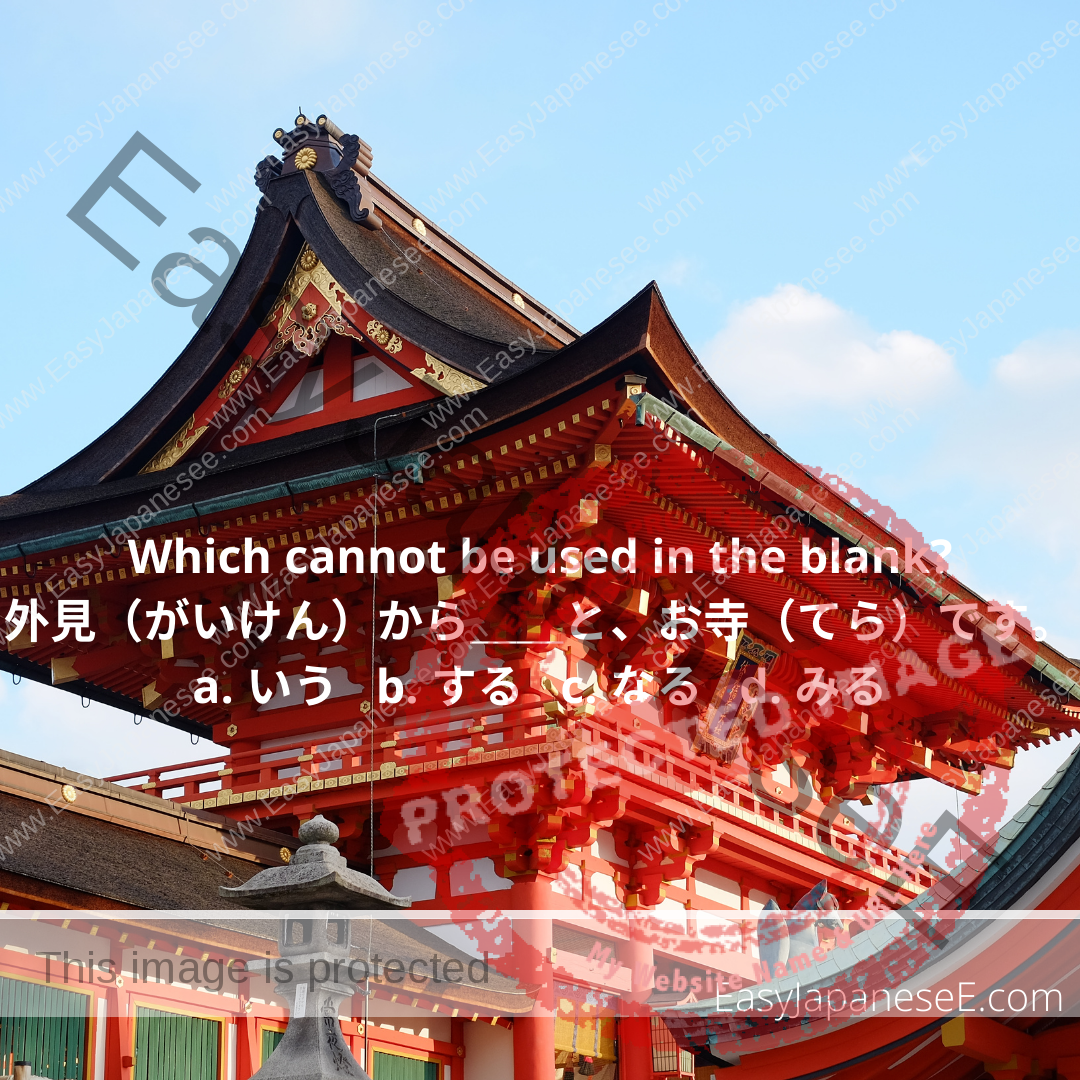

~からすると…、~からいうと…、~からみると… are used to state the viewpoint when an opinion or judgement is expressed. This post explains how they are used and their differences.
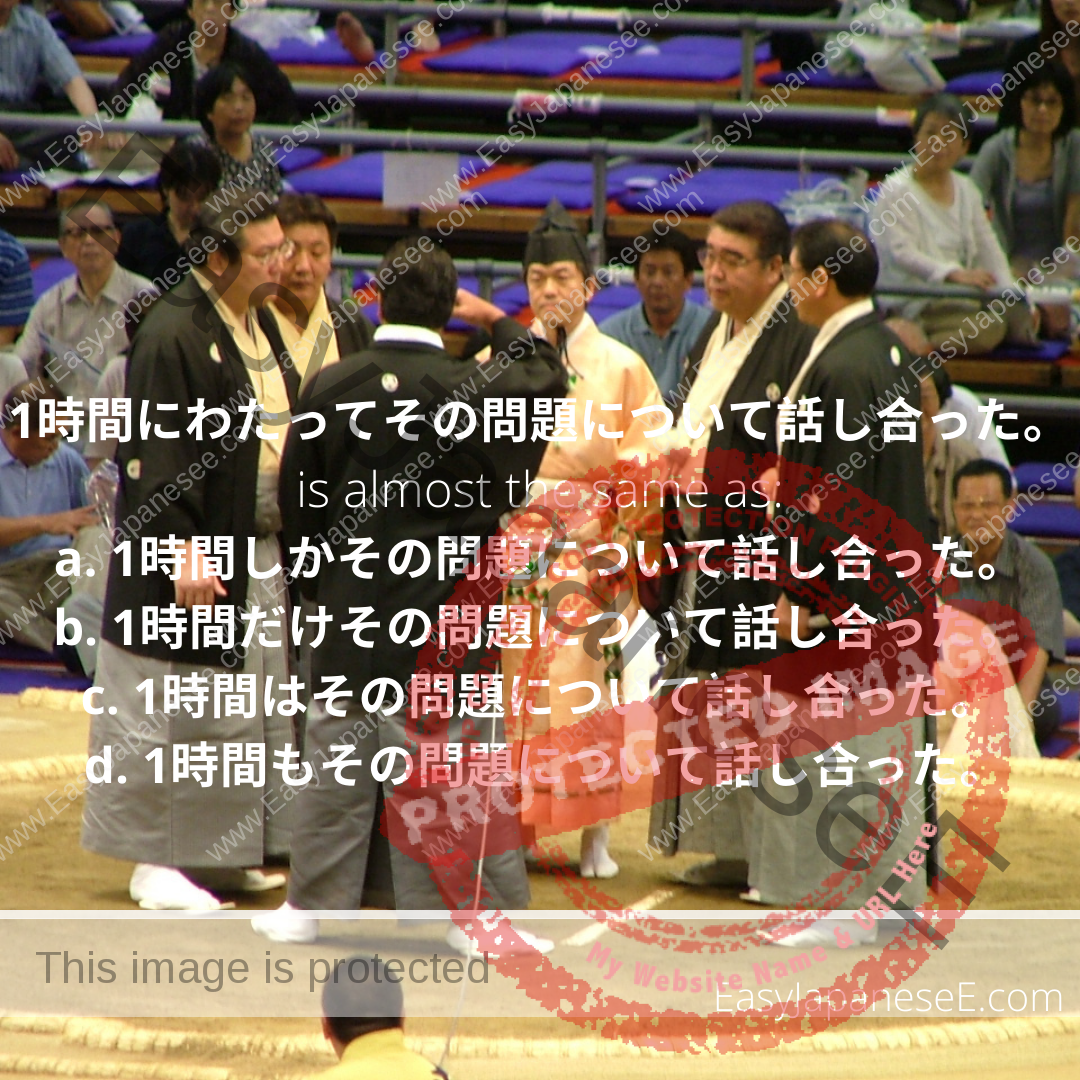
~にわたって is an expression to state a range and it emphasizes the length or vastness of the range. Something like “throughout ~” or “for the entire ~”
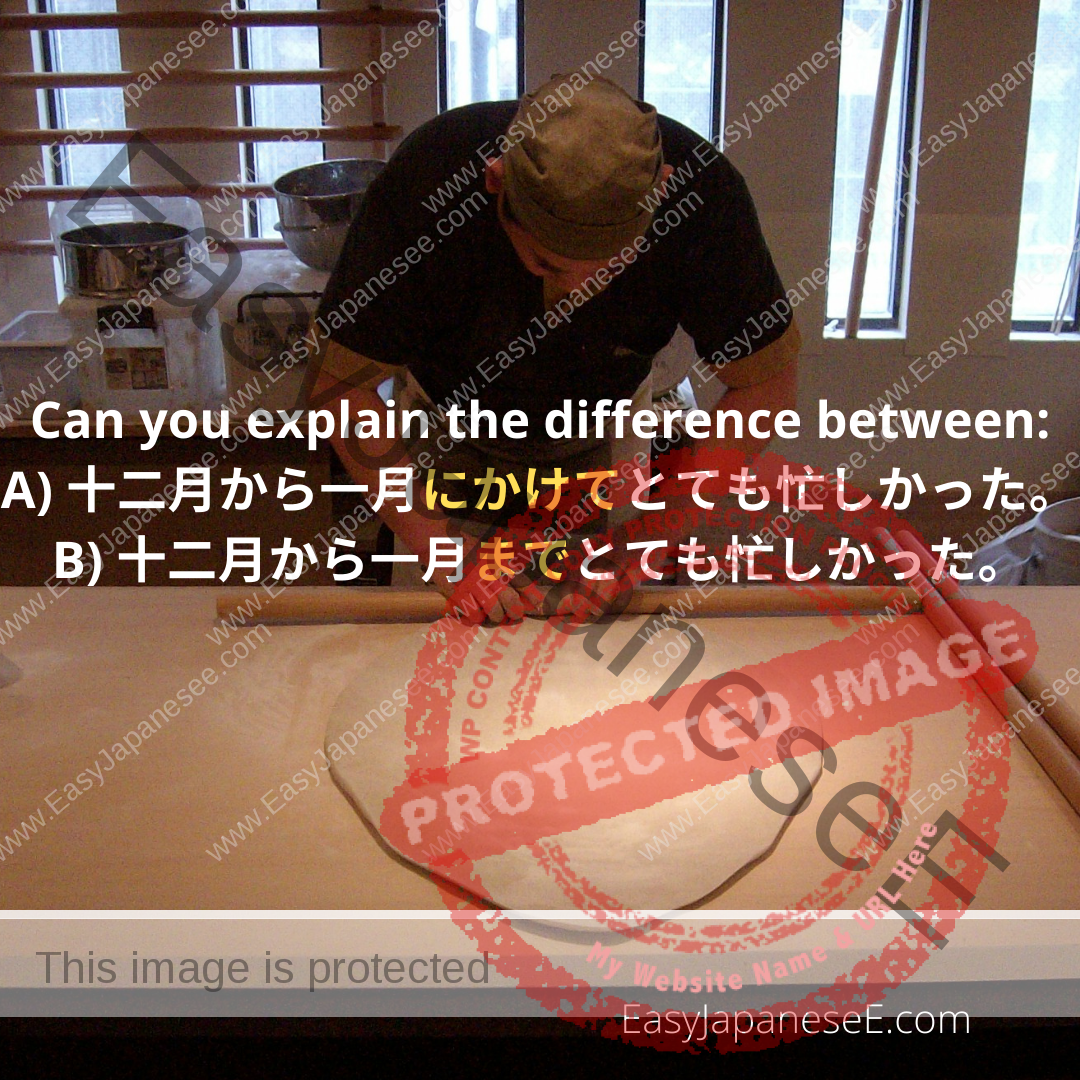
〜にかけて is used when you are stating a vague ending point of something continuous. It is similar to ~まで. This post explains the differences between ~にかけて and 〜まで.
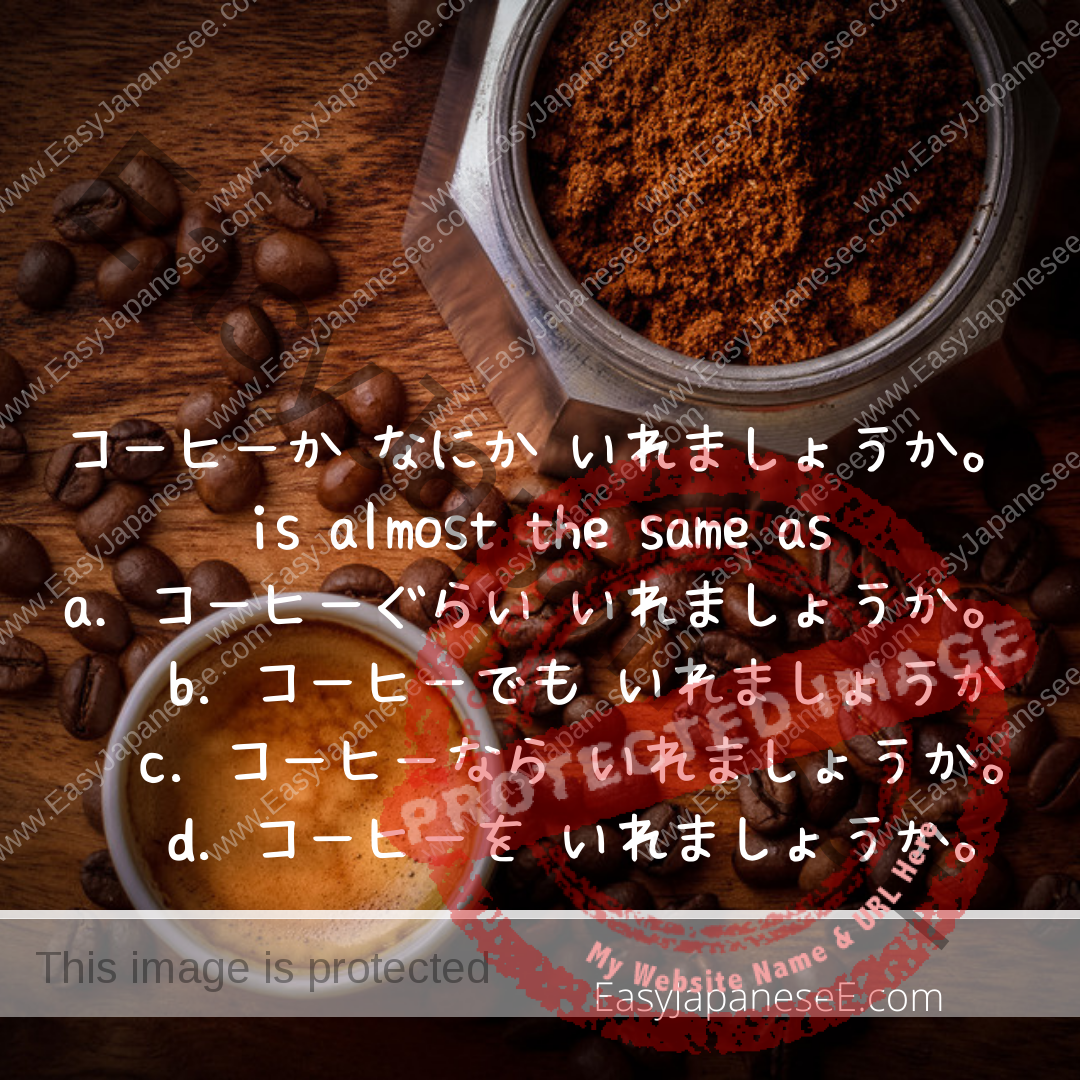
~か何か is added to the sentence when we are making a loose suggestion or when we are not sure about the fact. Something like “~ or something” or “some sort of ~”
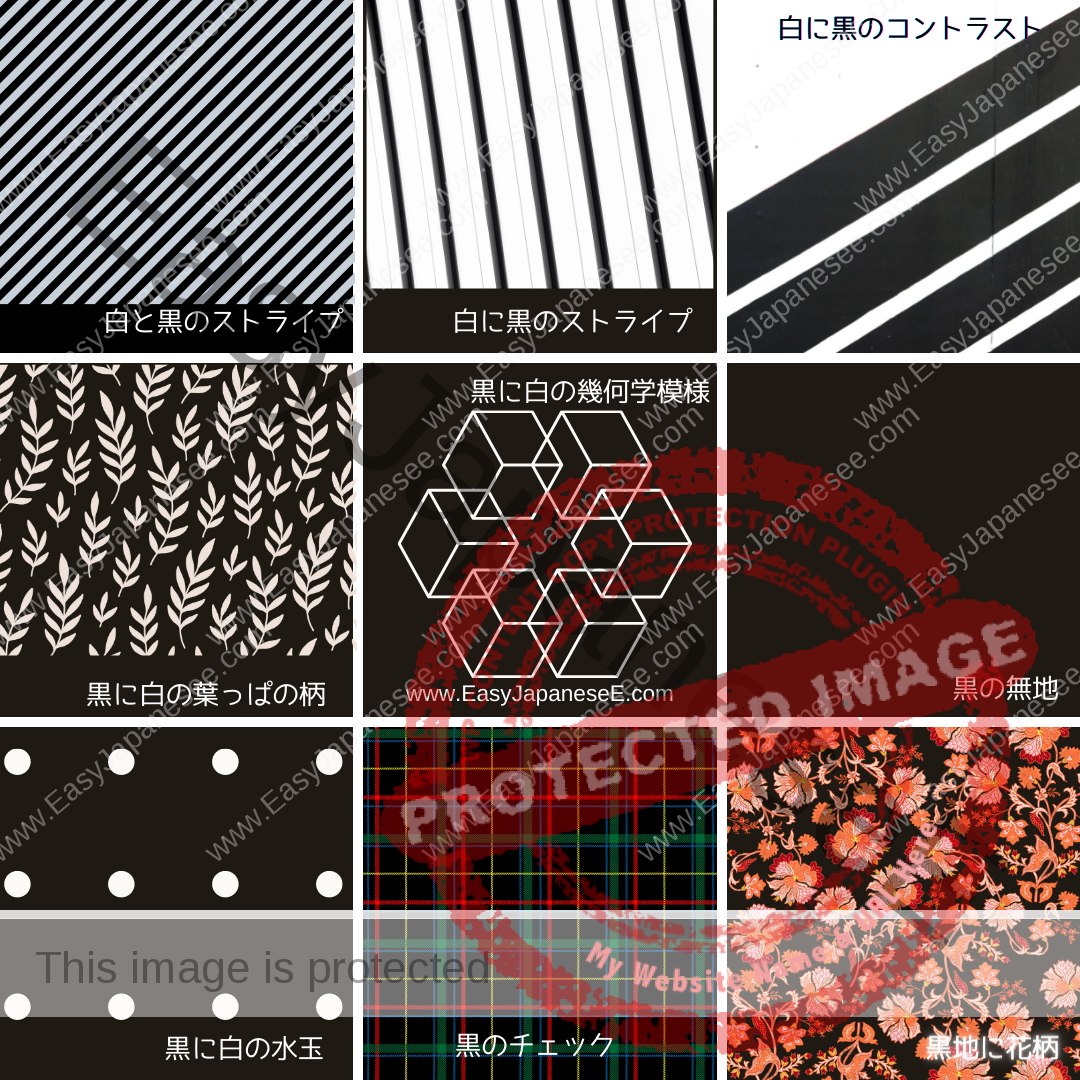
This post explains how you can describe your clothing. You can learn names of clothing items, colours, patterns and how to put these words together.
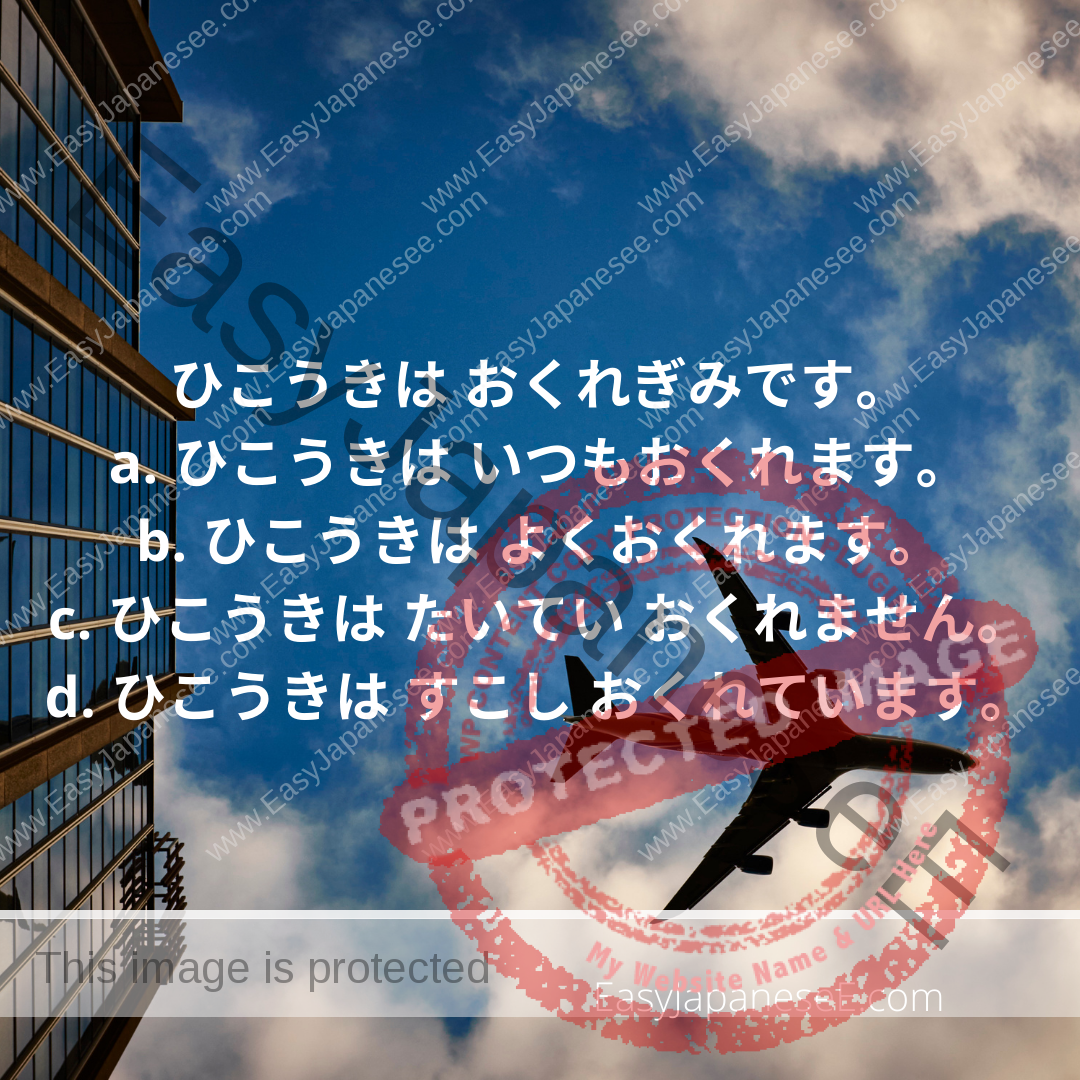
Similar to ~がち, ~ぎみ is used to describe some rather negative tendency. ~ぎみ is more focused on the current condition than how often things happen.
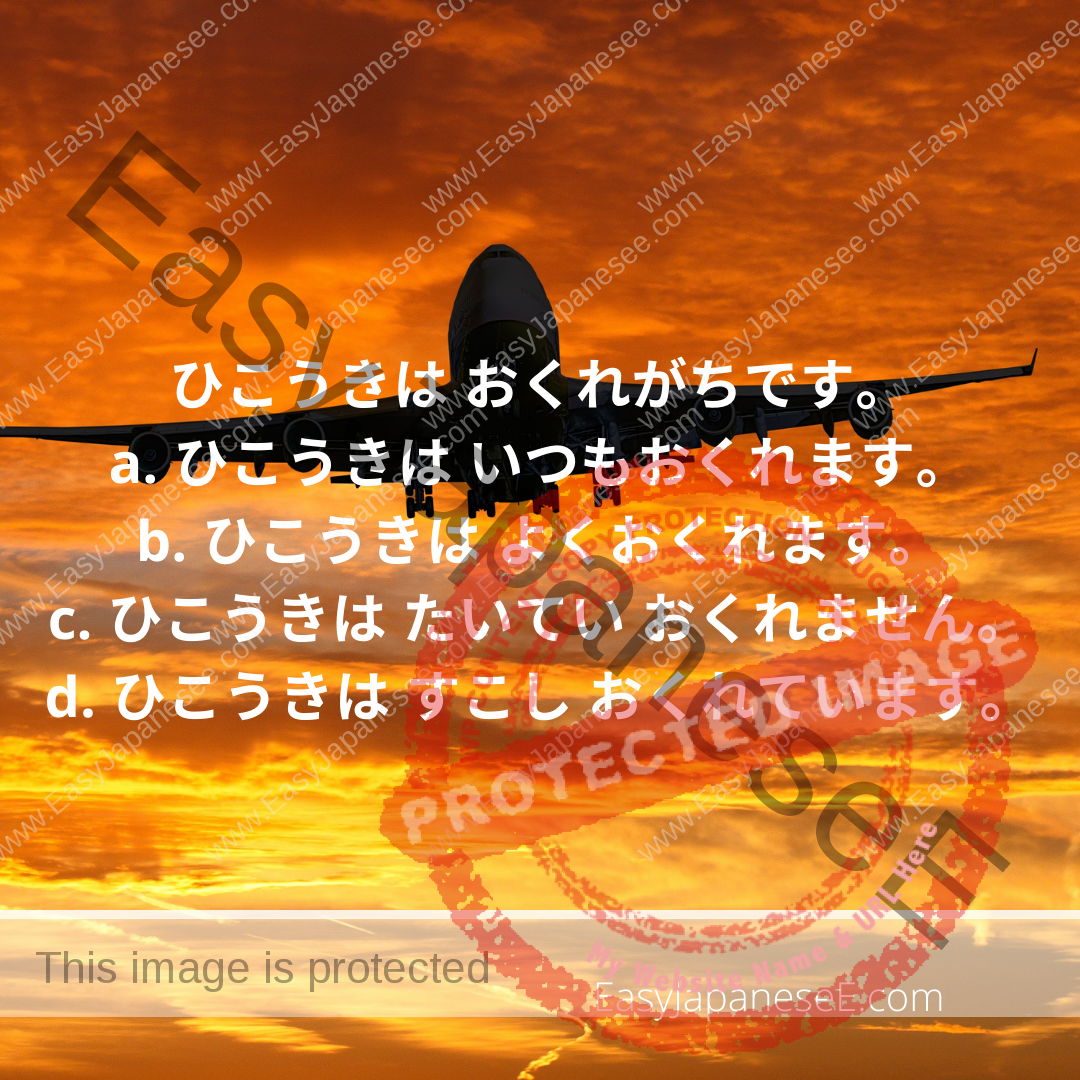
~がち is often used to describe a rather negative tendency or habit. So it gets translated “tend to…”, “… rather often”, etc.
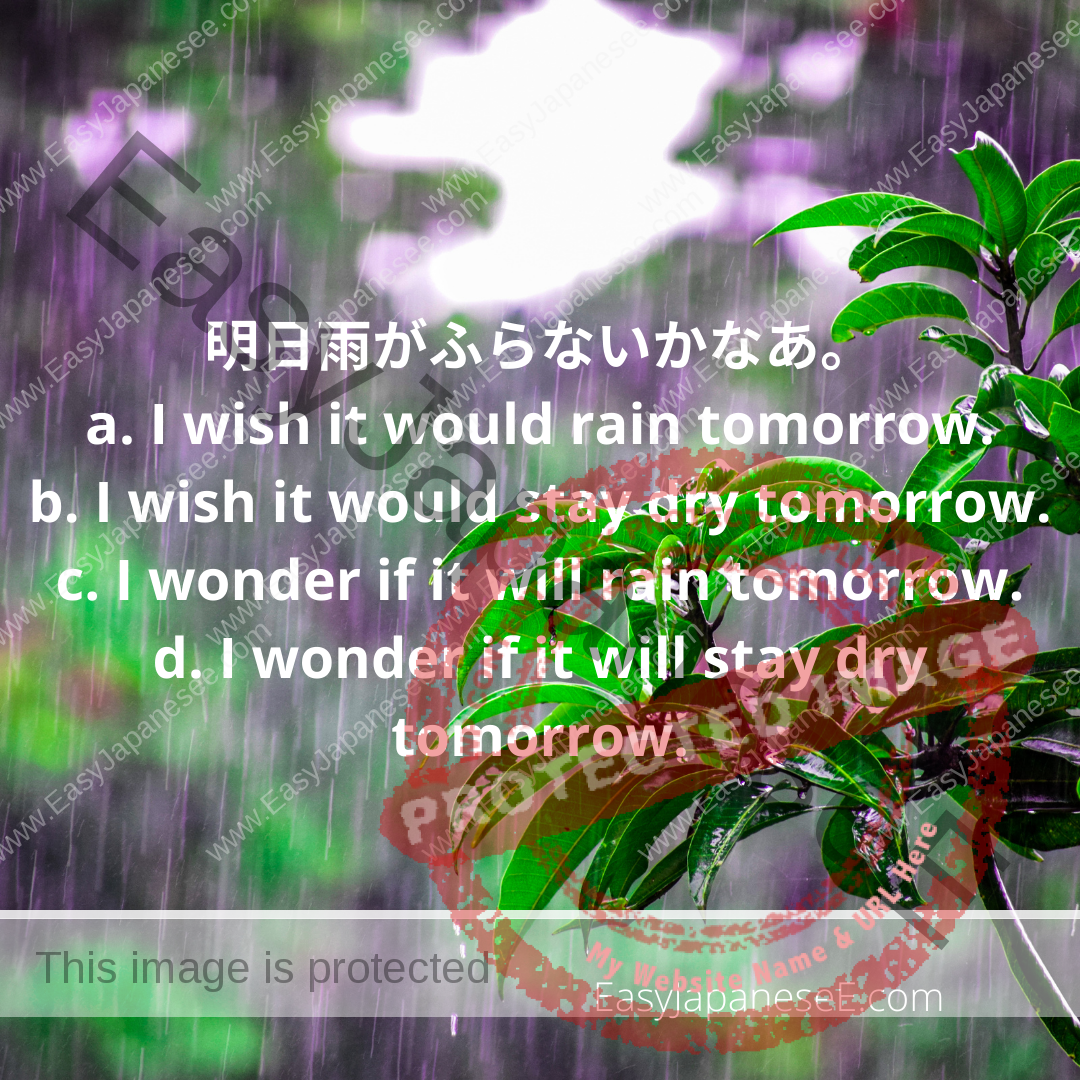
~かな/~かなあ is used when you are wondering if something will happen/has happened or not or when you are wishing for something.
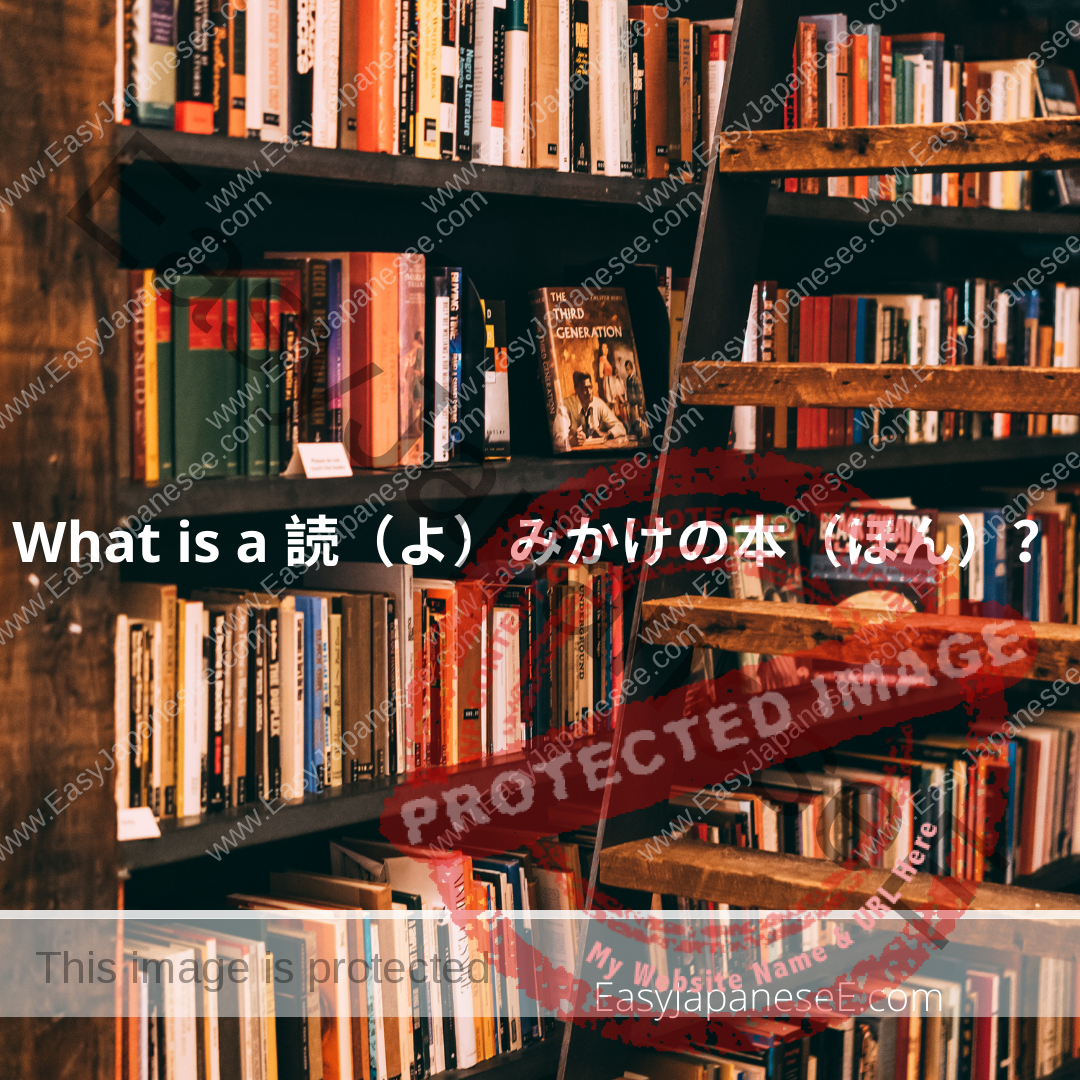
~かける、~かけの is used when
exerting an action on somebody else / an action was started but not completed / something was about to happen but stopped before too late
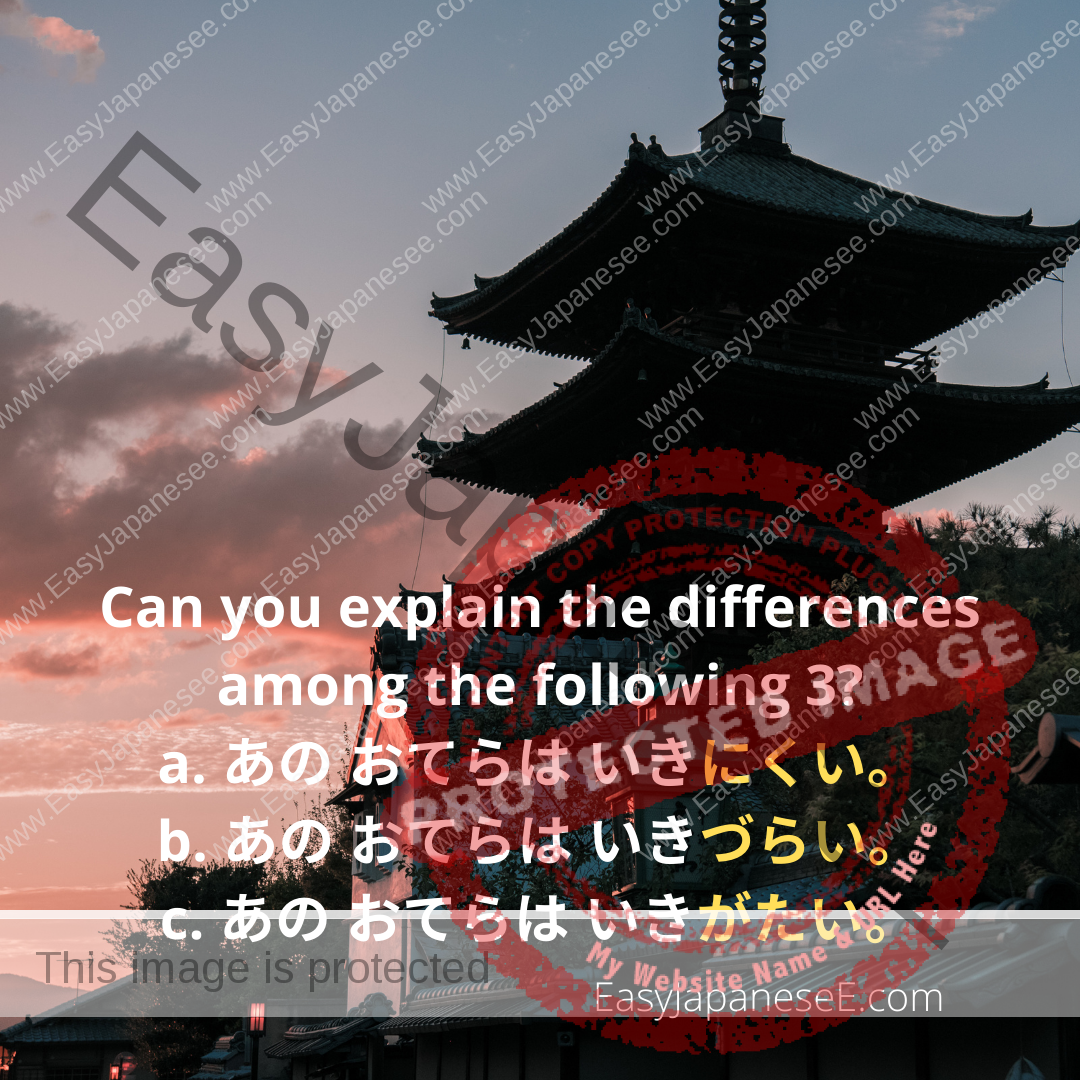
~がたい、~づらい、~にくい are all usually translated as “difficult to ~” or “hard to ~” but they are not quite interchangeable. I will compare these 3 today below.
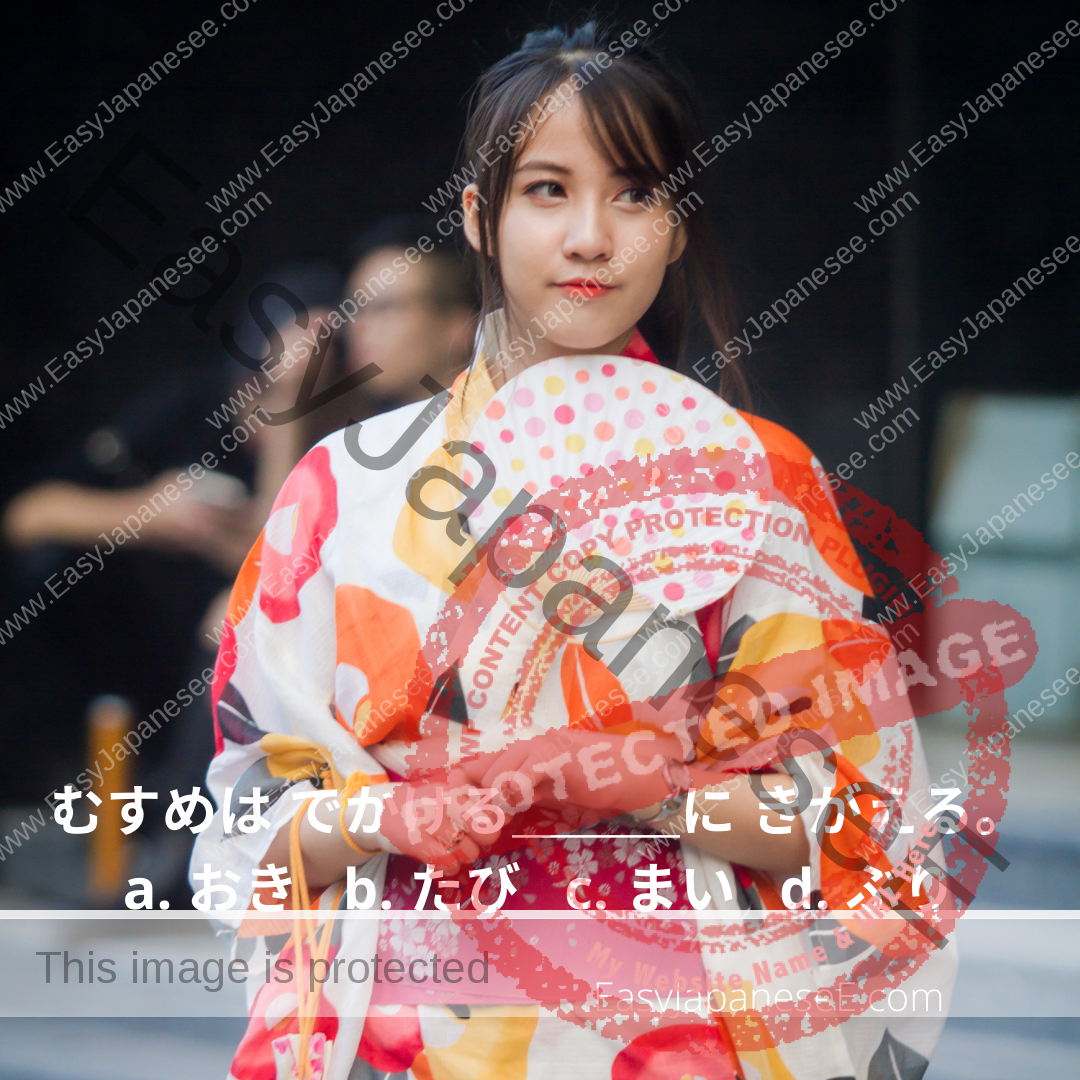
~たび is used when a certain situation triggers the same, rather unexpected outcome every time without failure. Check examples here.
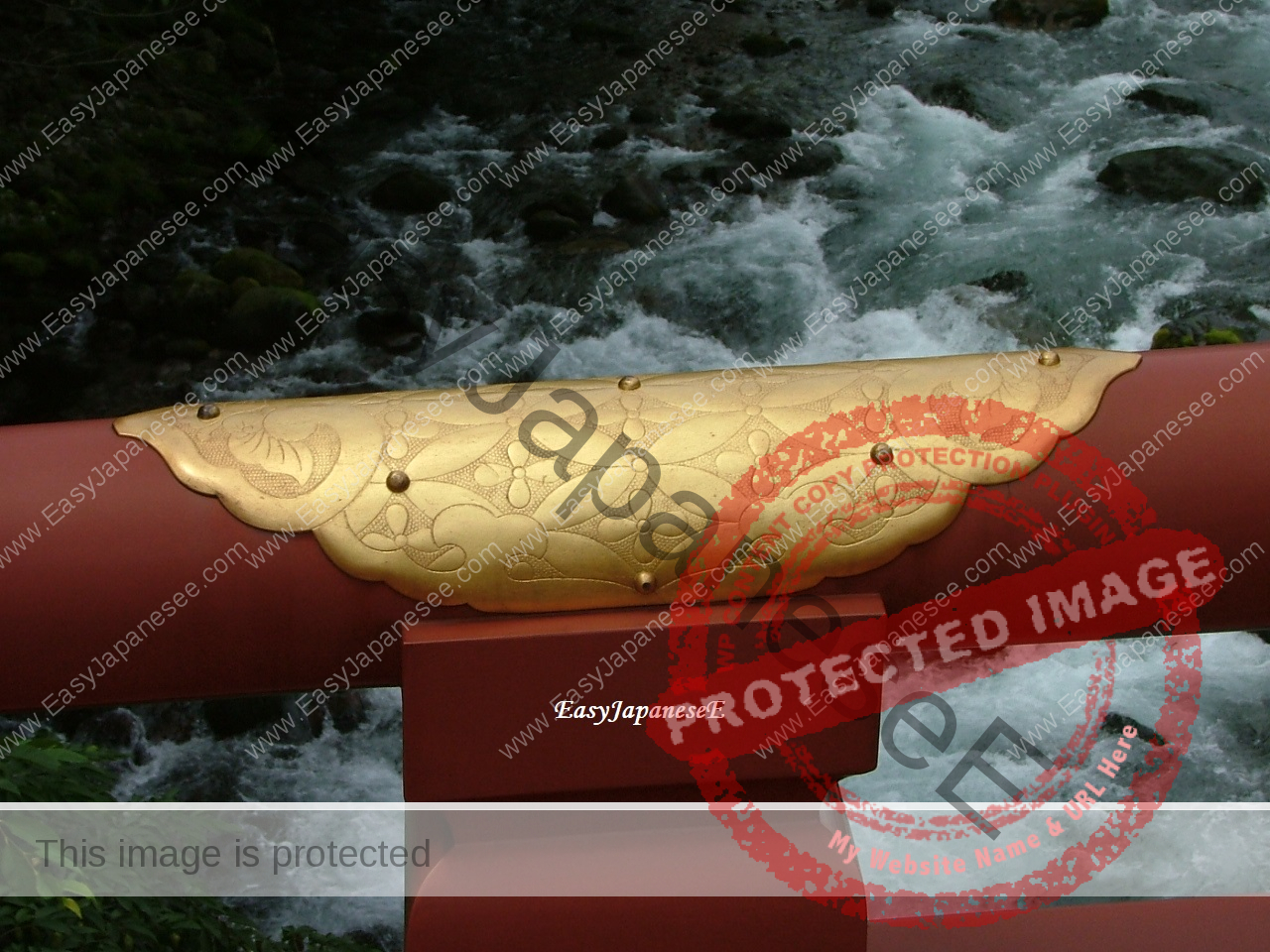
The “xxxは△△△です。” pattern is not only for describing people but can be used for describing occasions and items as well. Use this page for vocab building.
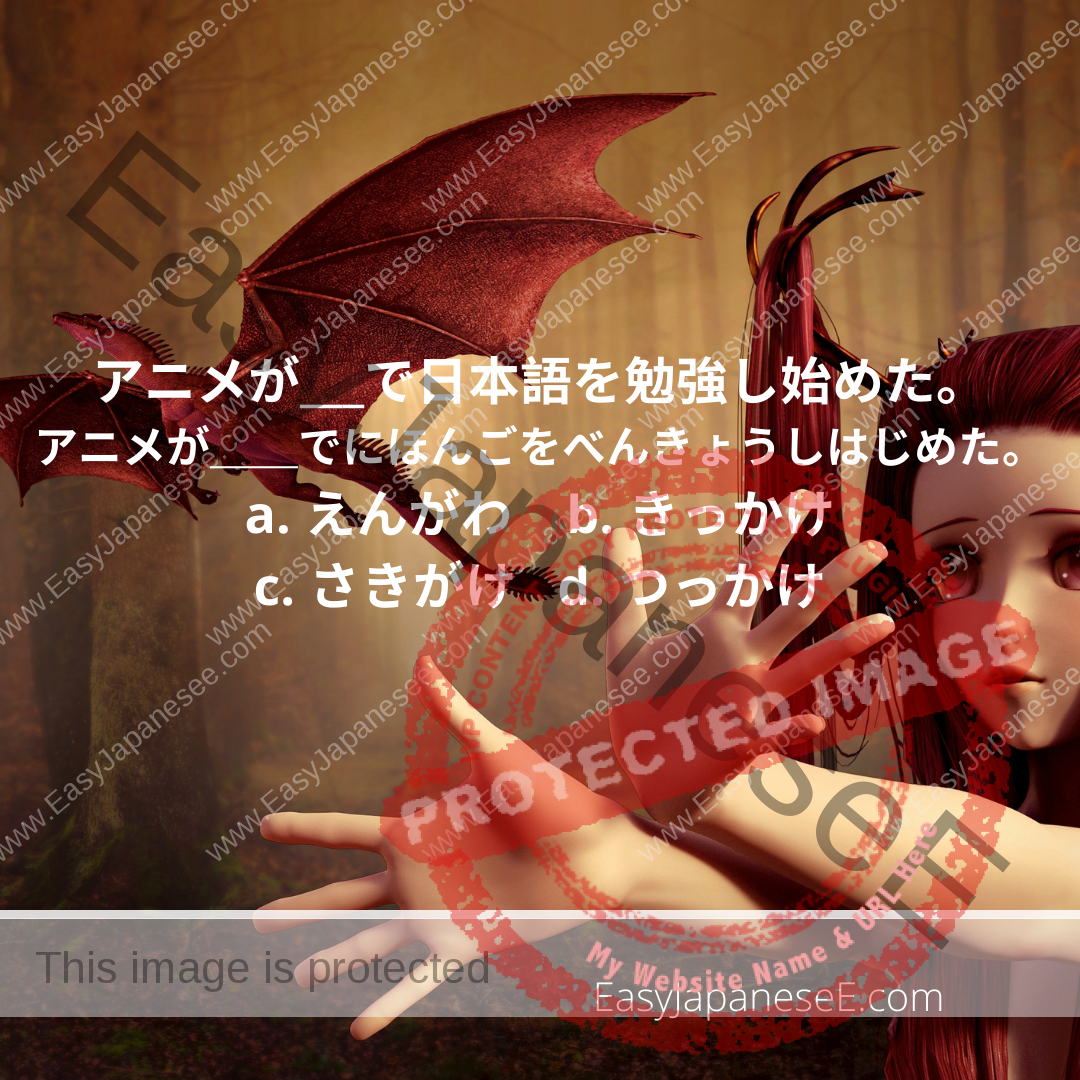
きっかけ means a “cue” or a “trigger” and ~がきっかけで/~をきっかけに is used when you want to describe one action lead to another. See more examples here.
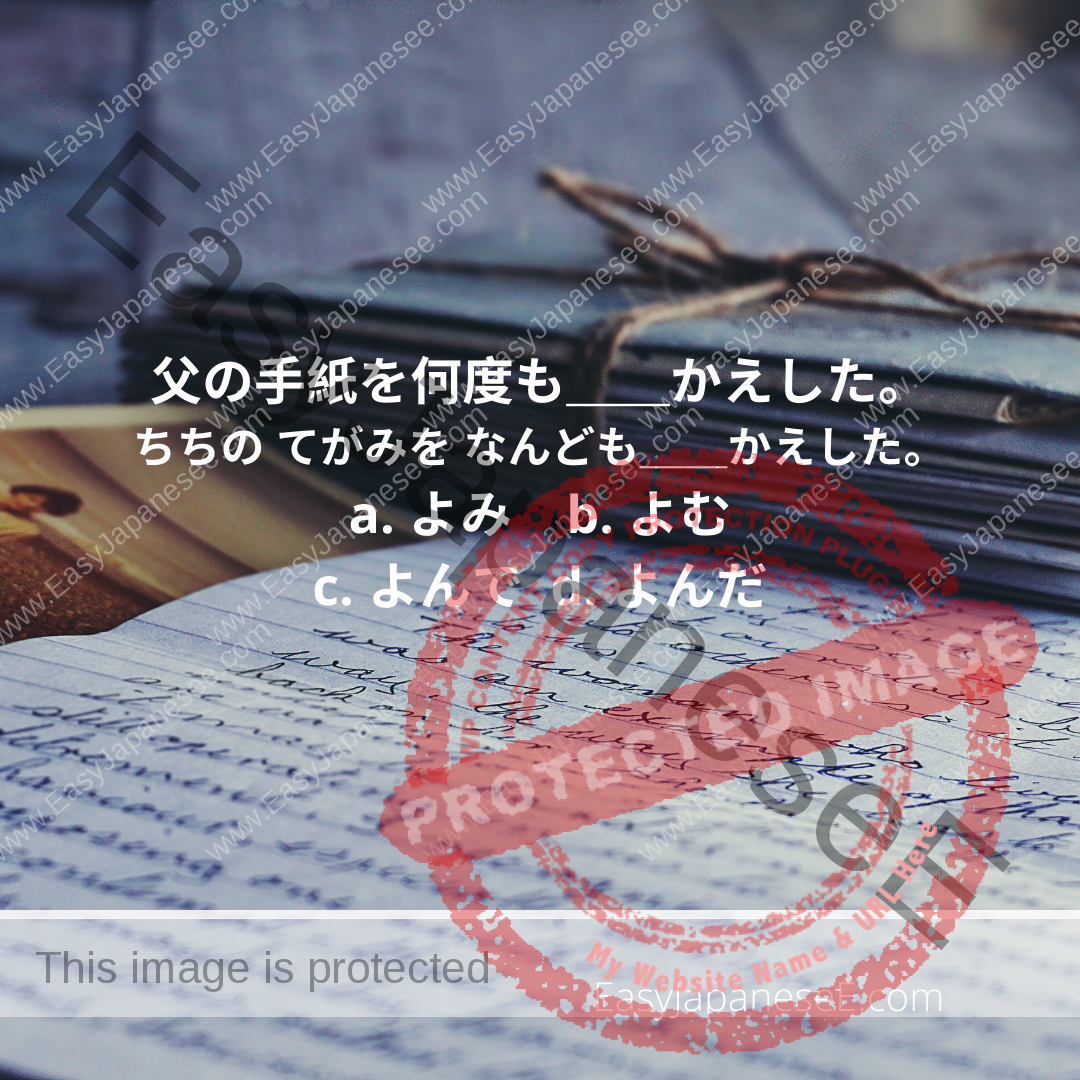
~をかえす means “to return,” “to put back,” or “to reverse” but かえす can be used with a verb stem and add the meaning of “in return,” “back,” “again,” or “over.”
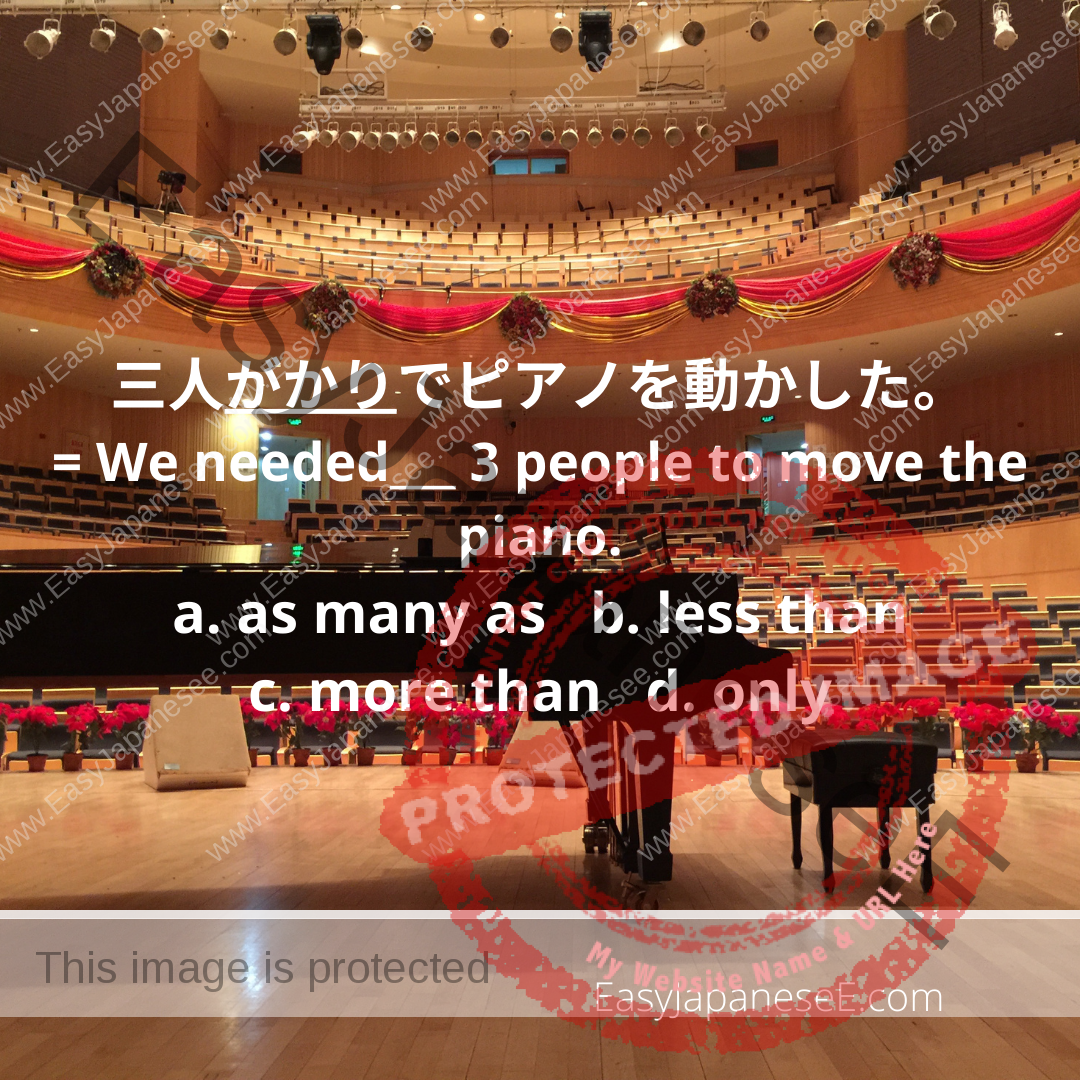
がかり is an expression to emphasize the amount of effort/time needed in a certain situation. Read more example sentences here.
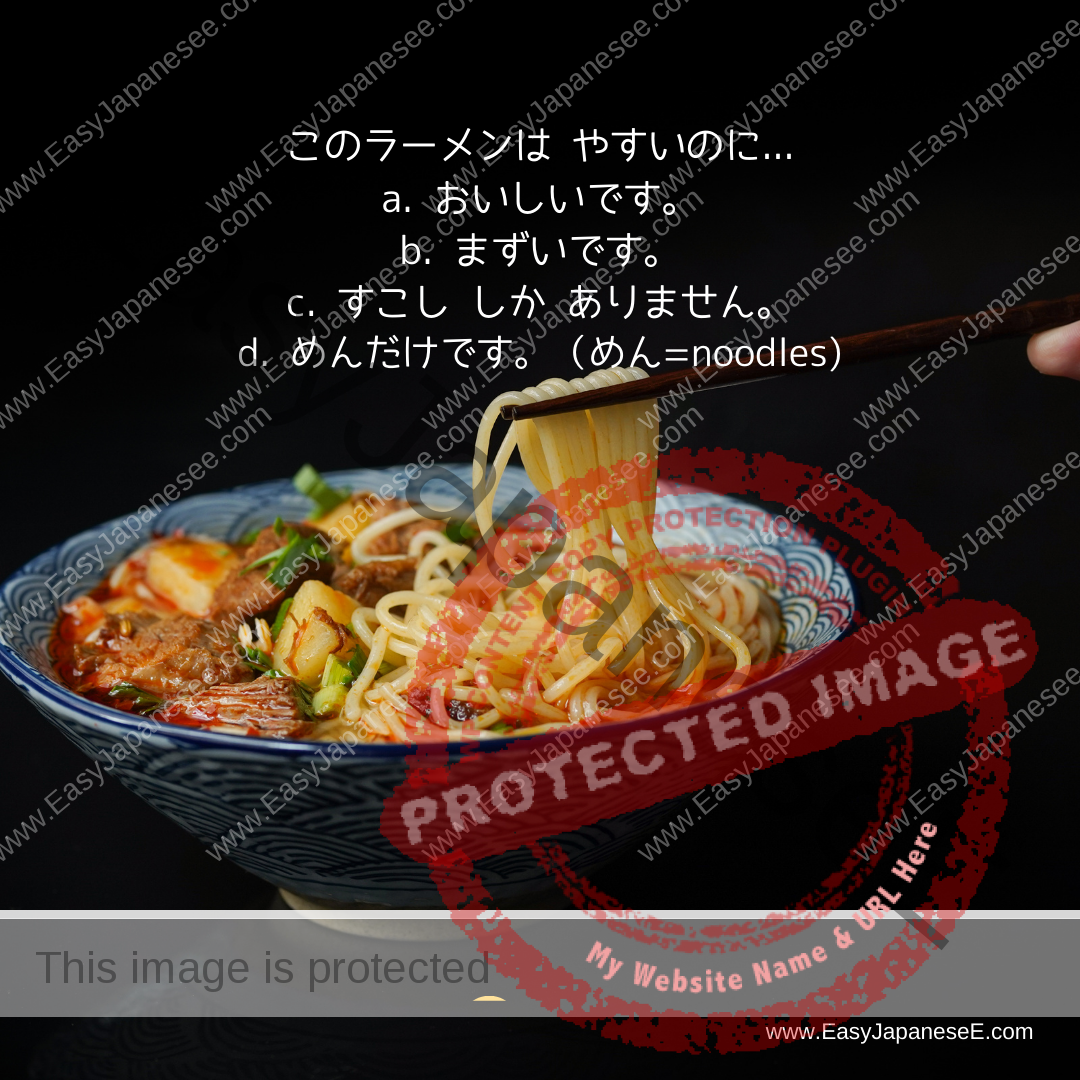
This post explains how to use the connecting particle ~のに for 2 contradicting facts. This also explains the differences of ~のに from ~が, ~けど or ~けれど.
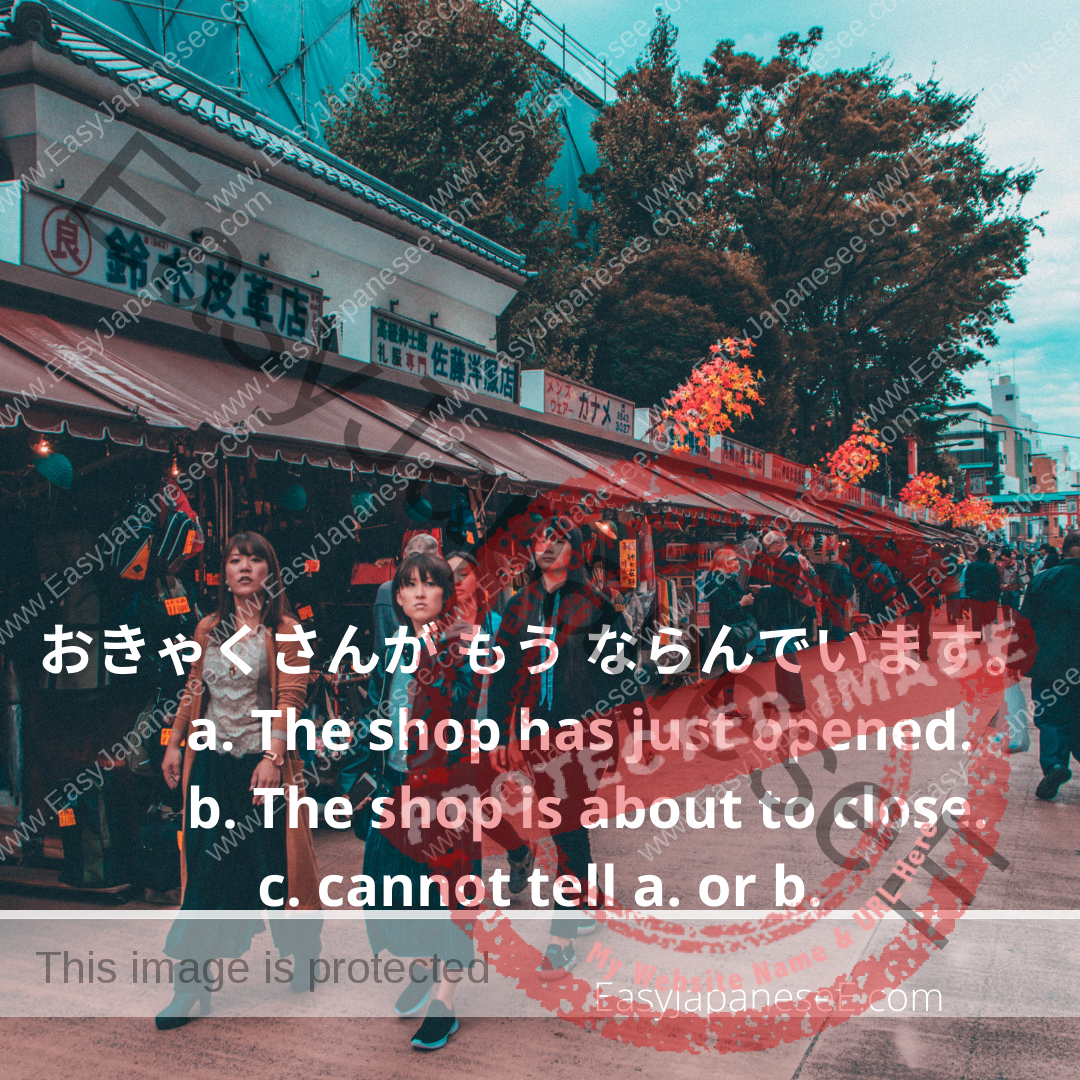
もう is used in a wide variety of situations. This post explains 4 typical usages of もう. Namely, “already,” “(not) … any more,” “further” and “emphasis.”
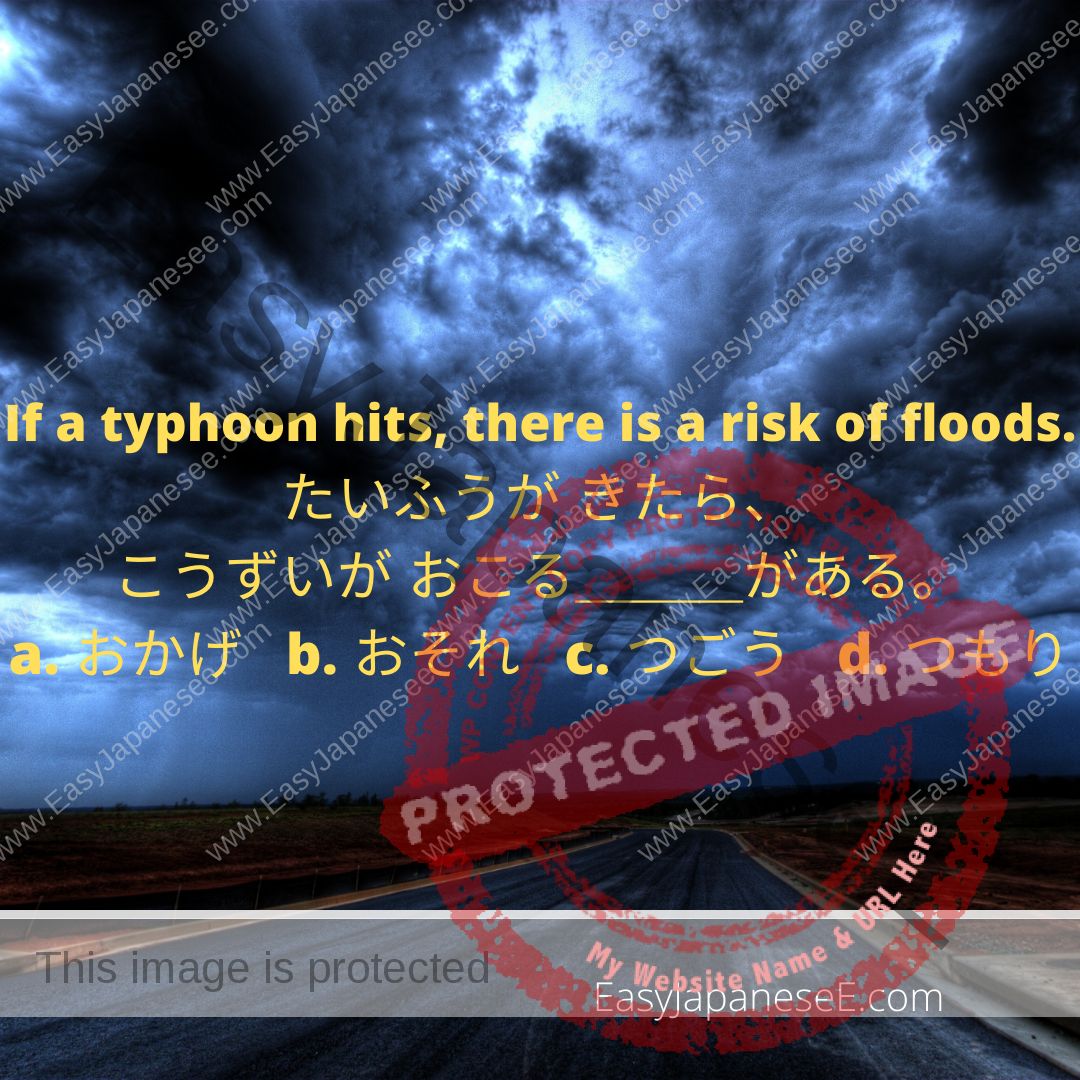
おそれ means “fear” so ~おそれがある means “there is a fear that/of ~” and it is used where there is a possibility of something bad happening.
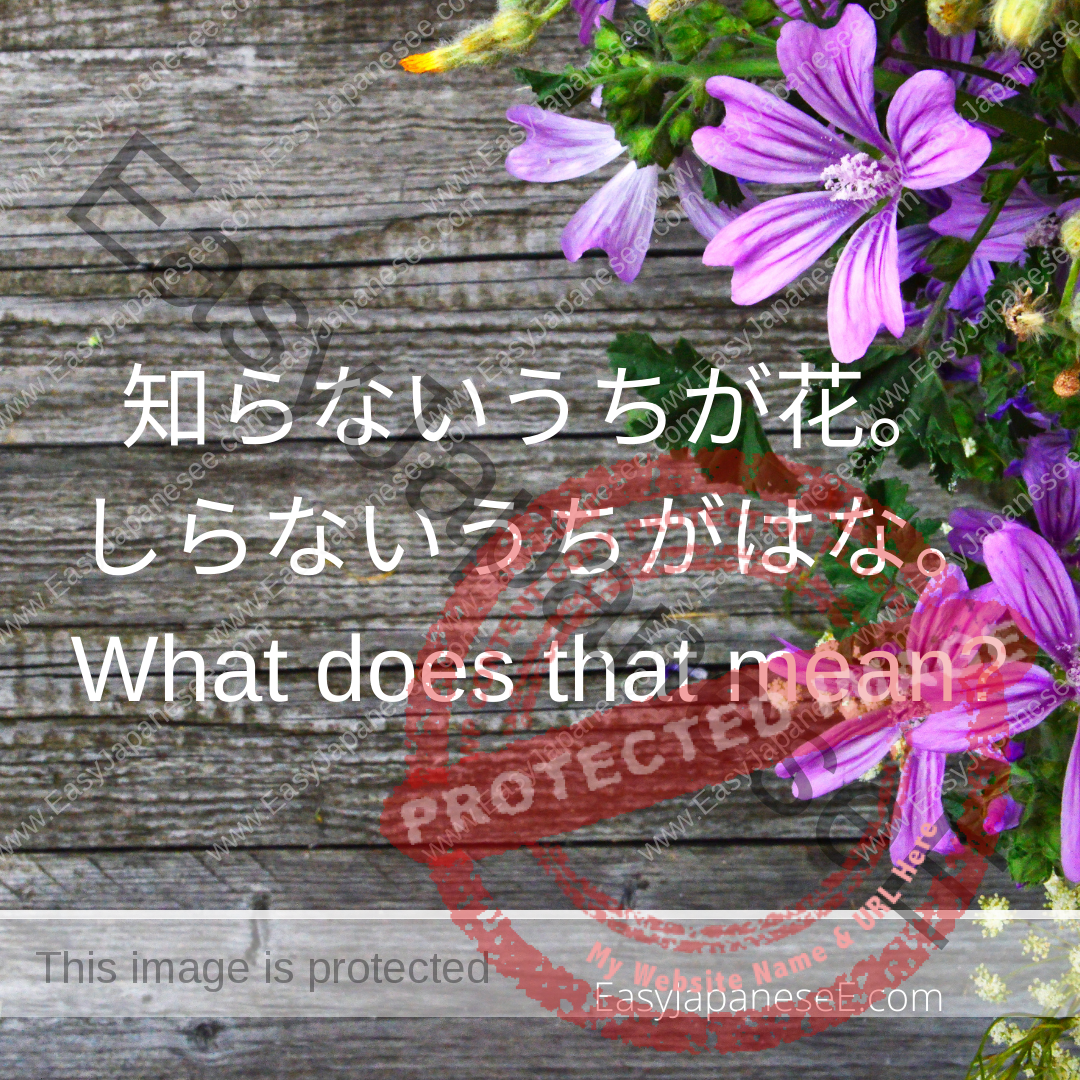
The literal meaning of ~うち is “the duration in which …” and this post explains the meaning and usage when it’s used with the particles は and が.
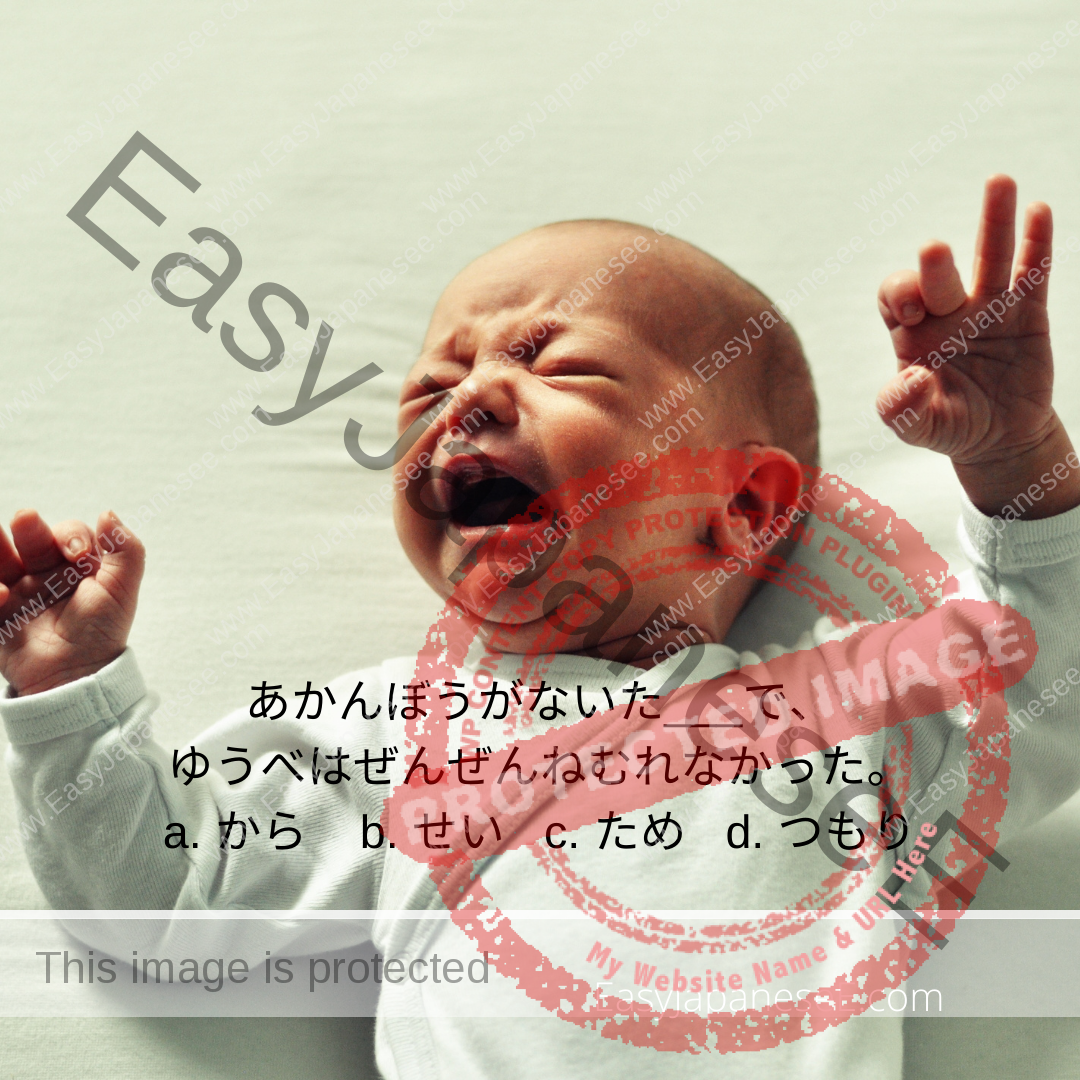
This post explains the Japanese expression せいで which is a phrase to specify the cause/influence of an undesired result. It’s similar to the English expression “due to…” etc.
